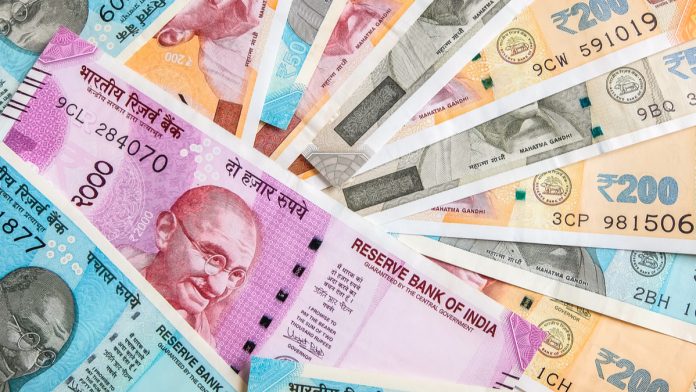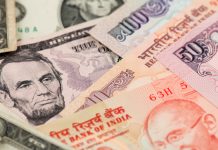- Indian Rupee (INR) edges higher paring yesterday’s losses
- Indian retail inflation is expected to decline to 4.2% in April
- US Dollar (USD) weakens across the board despite inflation concerns
- Attention turns towards CPI data tomorrow
The US Dollar Indian Rupee (USD/INR) exchange rate is edging lower on Tuesday paring gains from the previous session. The pair settled 0.27% higher on Monday at 73.45 towards the high of the day. At 11:30 UTC, USD/INR trades -0.16% higher at 73.32.
The Rupee is edging northwards despite the escalating covid crisis in the country and mounting pressure on Prime Minister Narendra Modi to impose a national lockdown. India’s 7 day covid average was at a new high on Tuesday.
Separately, Indian retail inflation is likely to have eased in April to a 3 month low of 4.2%, owing to the weakening of perishable food items such as vegetables. This would bring the headline inflation rate back towards the mid-point of the Reserve Bank of India’s target range.
This would be well received by policy makers as it would give the central bank some breathing space as they seek to keep prices under control amid the ongoing covid crisis.
The US Dollar is trading lower across the board on Tuesday. The US Dollar Index, which measures the greenback versus a basket of major currencies trades -0.1% at the time of writing at 90.12 as it continues to hover around a 2 1/2 month low.
The US Dollar trades under pressure despite rising concerns over inflation in the worlds’ largest economy. Whilst stocks and US futures are dropping sharply lower on inflation concerns, treasury yields and the US Dollar are in the red.
Investors are looking ahead to tomorrow’s consumer price index reading. Analysts are expecting core inflation, which excludes more volatile items such as food and fuel to rose 2.3% year on year in April, up from 1.6% in March. This would be above the Fed’s 2% target. However the Fed have said that they are willing to look through near term spikes in inflation, which they believe will be temporary.
However, rising commodity prices are raising doubts in investors’ minds over how transitory higher inflation will be.





